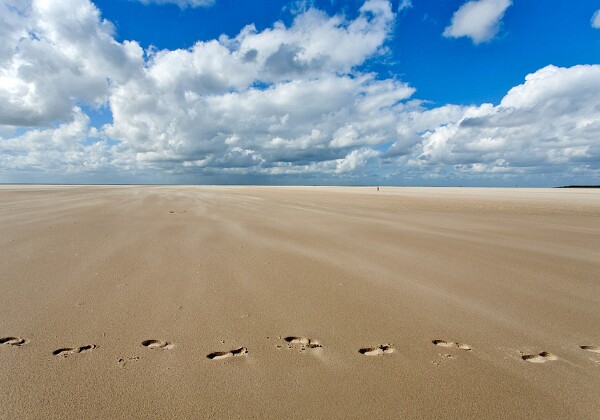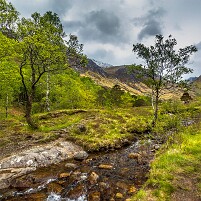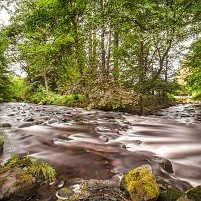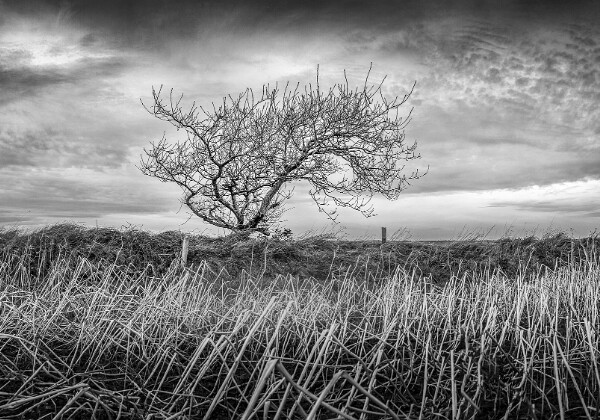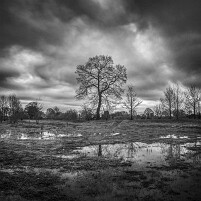Contemplative Landscape Photography
My photography focuses on capturing quiet, still moments in the landscape. I draw inspiration from the principles of contemplative photography, which centers on attentive seeing and appreciating what is present — without the need to change or improve anything. Instead of seeking spectacular views, I look for simplicity, structure, and light that often go unnoticed.
"...I don’t photograph what I see,
but what slowly becomes visible when I pause and look..."
Contemplative photography has its roots in the work of Michael Wood and Andy Karr, who developed the approach within the context of the Buddhist Shambhala path. Their method, known as Miksang (Tibetan for “good eye”), is about training the mind to perceive visual impressions directly and without judgment. In landscape photography, this means the focus is not on technical perfection or dramatic compositions, but on being open to what presents itself — no matter how subtle.
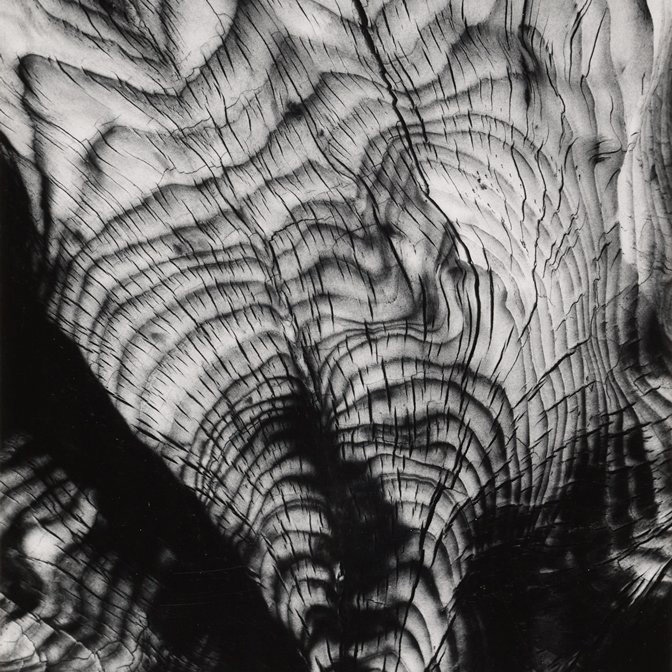
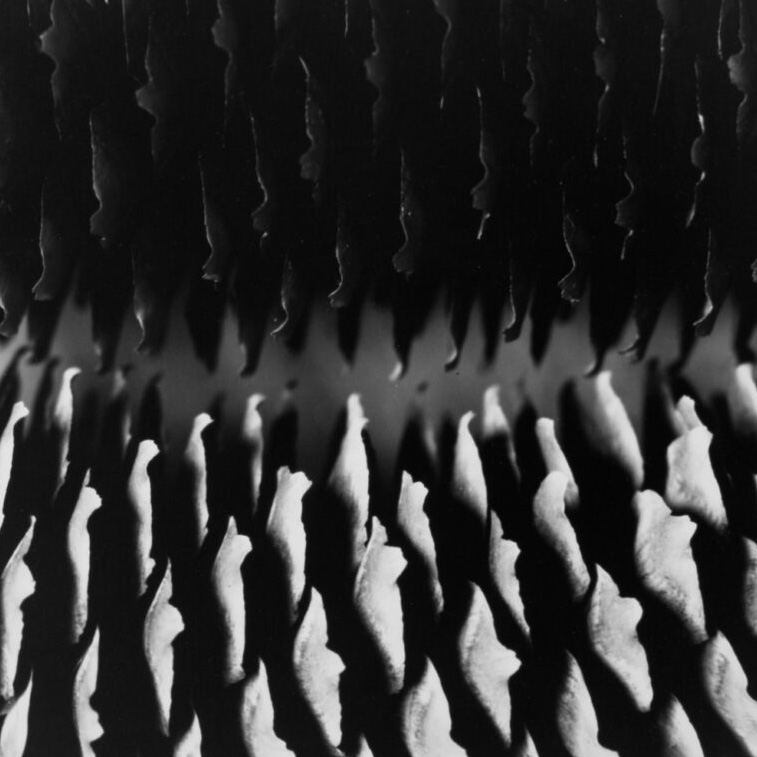
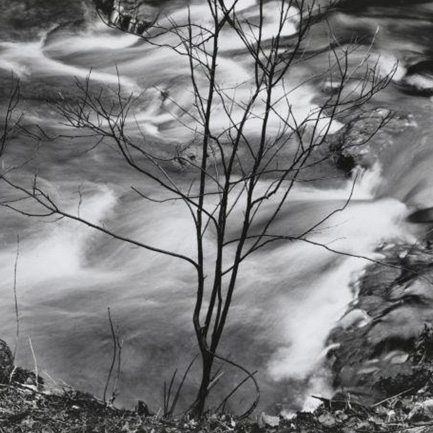
(c) Paul Caponigro
Photographers like Paul Caponigro and Minor White are often cited as pioneers of this way of working. Their images are not just records of the landscape, but also a form of visual meditation. They used photography as a means to explore inner peace and spiritual depth. Contemporary photographers such as John Daido Loori, who combined Zen with photography, also show how the landscape can reflect the inner world.
For me, this approach is not just a way of photographing, but a way of being. It helps me slow down, see more consciously, and feel more connected to my surroundings. Through my images, I want to share that experience and offer the viewer a moment of calm in a world that is often busy and visually overstimulating. No grand narratives, but small observations that invite stillness and seeing.
My Approach
Simplicity is a core principle in my photography. I strive for minimalist compositions that avoid clutter and allow the viewer's eyes to rest, so they can peacefully explore the scene. Natural light plays a crucial role in enhancing the atmosphere of the scene. Early mornings and late afternoons often offer soft, diffused light that adds a sense of calm and serenity.When choosing perspective and framing, I look for elements that lead the viewer into the scene, such as a winding path or a meandering stream. This invites contemplation and a sense of journey. Silence is another important aspect; I capture moments where elements like water, clouds, or foliage appear calm and undisturbed, which enhances a sense of peace and introspection.
My connection with nature is profound. I emphasize the natural beauty of the landscape, focusing on elements that evoke a connection with the earth and its rhythms. Balanced composition is essential; I use techniques such as the rule of thirds and leading lines to create a harmonious and balanced composition that is pleasing to the eye.
Emotional resonance is a goal in my work. I aim to evoke an emotional response in the viewer, whether it is a sense of awe, calm, or introspection. Patience and presence are crucial; I take the time to observe the landscape and make a connection. Being present and patient allows me to capture the true essence of the scene.
Famous Contemplative Landscape Photographers
Contemplative landscape photography has been beautifully captured by various renowned photographers. Each has uniquely contributed to the genre, capturing the serene beauty of nature and inviting viewers to pause, reflect, and appreciate the world around them. Their work continues to inspire and influence new generations of photographers.
Ansel Adams: Known as the Grandmaster of Landscape Photography, Ansel Adams' work is synonymous with the American West, especially Yosemite National Park. His images show a pure fascination with nature and capture the grandeur and serenity of landscapes. Adams' meticulous attention to detail and his development of the Zone System have made his work timeless and influential.
Michael Kenna: Kenna's work is characterized by its minimalist and ethereal quality. His black-and-white photos often feature long exposure times, creating a sense of silence and contemplation. Kenna's ability to capture the essence of a landscape with simplicity and elegance has made him a prominent figure in contemplative landscape photography.
Sebastião Salgado: Although Salgado is best known for his social documentary photography, his work in landscape photography is equally captivating. His series "Genesis" showcases the pristine beauty of untouched landscapes around the world. Salgado's images evoke a sense of awe and reverence for nature and encourage viewers to think about the importance of preserving these environments.
Justin Mins: A British photographer specializing in the landscapes of East Anglia, Minns captures the beauty of the British countryside with remarkable skill. His work often depicts the cold, harsh winters as well as the warm, inviting summers, inviting viewers to experience the changing seasons through his lens.
Guy Tal: Guy Tal is an American photographer, writer, and naturalist working in the rugged landscapes of Utah and the Colorado Plateau. His approach to landscape photography is deeply contemplative: he sees photography not as documentation, but as a form of self-expression. Tal emphasizes the importance of personal meaning, emotion, and philosophy in image-making, with his photographs often serving as visual metaphors for inner experiences.
Paul Capinogro: An American photographer, writer, and pianist, known for his serene and spiritual landscape photography, where intuitive perception takes center stage. His work is not focused on spectacle, but on capturing the essence of a place. He approaches the landscape as something to connect with, not to control. His images function as visual meditations, where silence, light, and form evoke a deep emotional resonance.
John Paul Capinogro: Son of Paul Caponigro, he combines digital techniques with a reflective approach to landscape photography. His work is layered and symbolic, exploring the relationship between inner experience and the natural environment. He sees photography as a means of connection — both with nature and with the self. His images invite introspection, wonder, and visual exploration.
Bruce Percy: Known for his minimalist and contemplative landscape photography. He simplifies the landscape into form, tone, and space, avoiding visual noise. His images are modest yet powerful, inviting calm and introspection. He views photography as a process of reduction and personal perception.
Alex Noriega: Alex Noriega is known for his introspective and original approach to landscape photography. He avoids clichés and chooses quiet, lesser-known locations with subtle lighting. His work is balanced and minimalist, with a strong focus on emotion and authenticity. For him, photography is a slow and conscious process of observing and connecting.
Slow Photography Movement: The Slow Photography Movement focuses on slowing down the photographic process to create deeper connections with the subject and surroundings. Instead of fast, superficial images or chasing spectacular locations, it’s about attentive seeing, revisiting familiar places, and appreciating small details. The movement encourages photographers to consciously experience the moment, work intuitively, and develop their own vision. It’s a counter-response to the fleeting image culture and offers space for personal growth, creativity, and meaningful photography.

